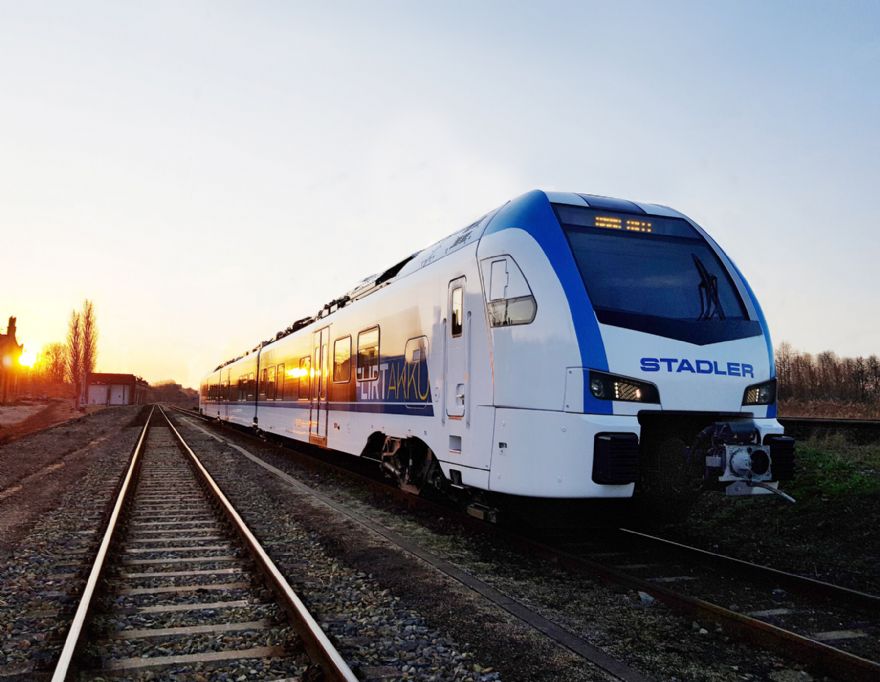 Austrian Federal Railways
Austrian Federal Railways (ÖBB) has awarded
Stadler a framework agreement for up to 120 battery-powered trains. The FLIRT Akku vehicles are designed to replace the current diesel fleet and will enable sustainable operation on lines that are only partially electrified. The signing of the framework agreement and the initial order for 16 FLIRT battery vehicles follows recent successes in the USA, Germany and Italy and is expected to take place in autumn 2023.
Peter Spuhler, Stadler’s chairman, said: “If we are to meet the climate targets, rail transport in turn must become even more sustainable. That is why Stadler has invested heavily in green propulsion solutions to replace diesel fleets and has established its position as a leading provider of sustainable rail transport in recent years — both in Europe and in the USA.”
The new FLIRT Akku vehicles are the battery-powered version of Stadler’s best-selling FLIRT model, of which the company has already sold over 2,500 units worldwide. They are intended for use in the eastern region in Austria, where they will replace the current diesel fleet and allow sustainable rail operation on non-electrified line sections by charging the traction batteries while travelling under an overhead contact line.
Stadler has more than 80 years’ experience in the construction of battery-powered rail vehicles, and its modern battery-powered vehicles can run both with and without overhead contact lines and can be recharged during operation — or even when braking. The FLIRT Akku has an operating range of around 100km and can be battery operated on almost all the non-electrified routes in Austria.
As well as delivering new trains for ÖBB, Stadler is also supplying 55 FLIRT Akku vehicles for the Schleswig-Holstein local transport network, 44 trains for the Palatinate network, and 14 trains for Deutsche Bahn’s H-Netz. The vehicles for Schleswig-Holstein are currently undergoing approval tests and will start passenger service later this year. Stadler is also manufacturing six FLIRT Akkus for the Lithuanian rail operator LTG Link.
In the meantime, Stadler is also pushing ahead with the development of rail vehicles that run on hydrogen, allowing low-emission rail operation on lines without an overhead contact line. The company has designed and built a multiple unit with hydrogen propulsion for SBCTA in California (USA). After a successful test phase this spring, the vehicle is due to start operating in 2024.